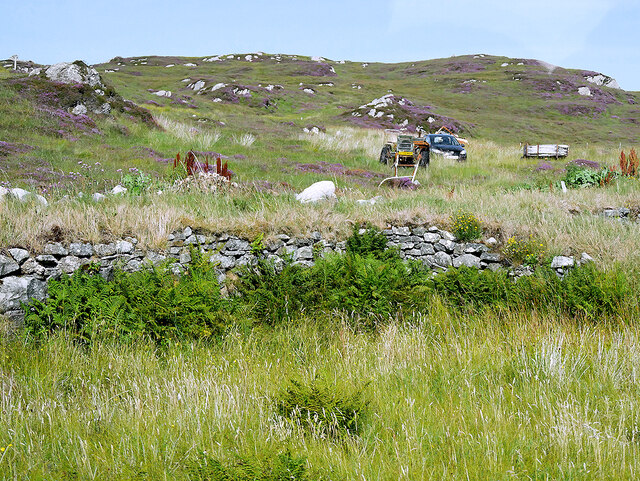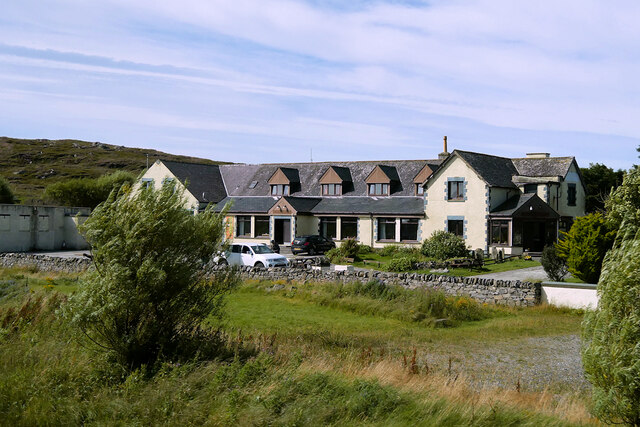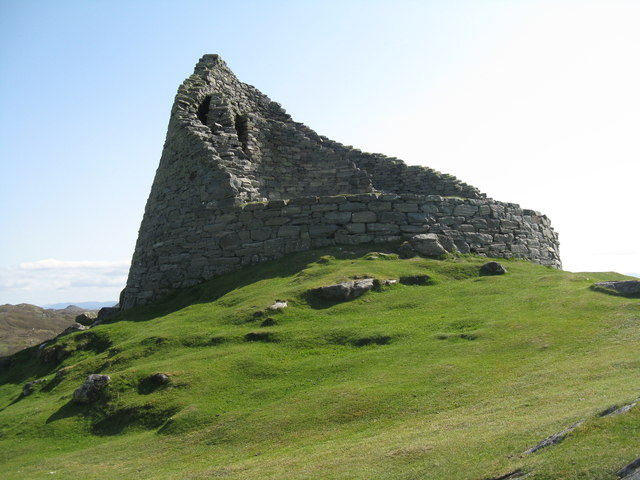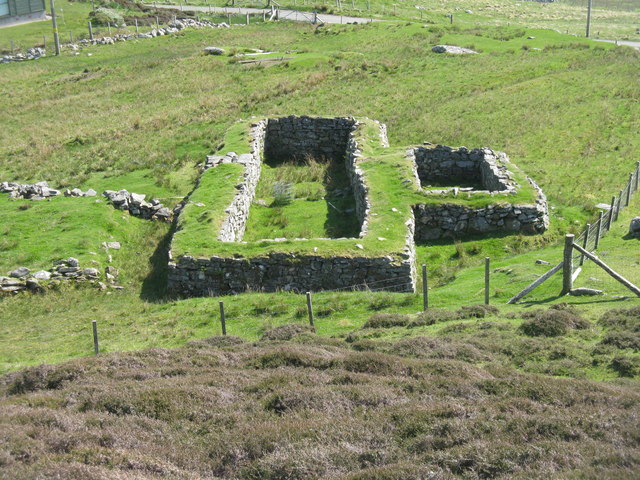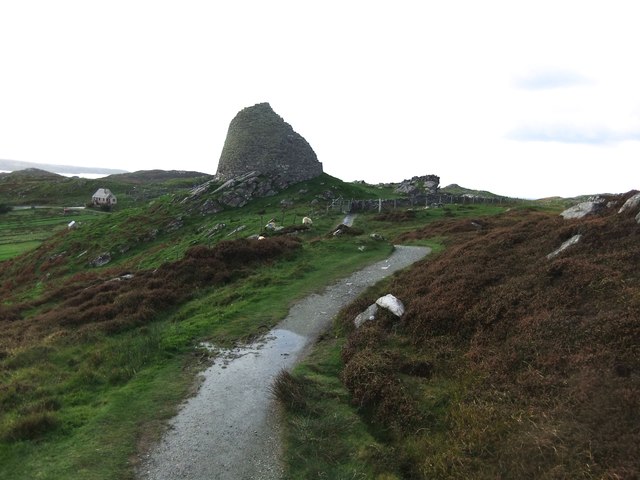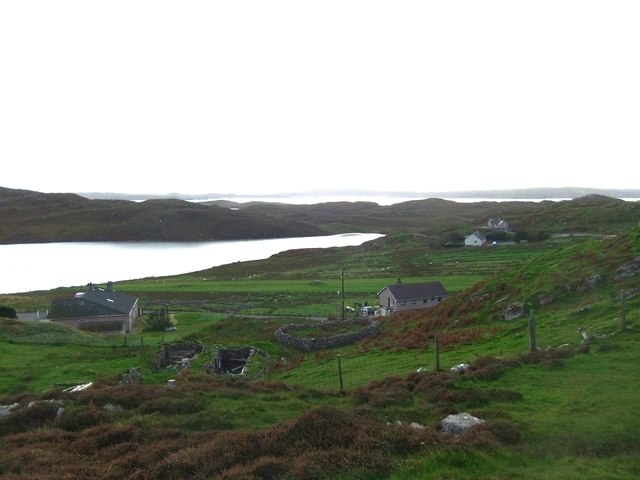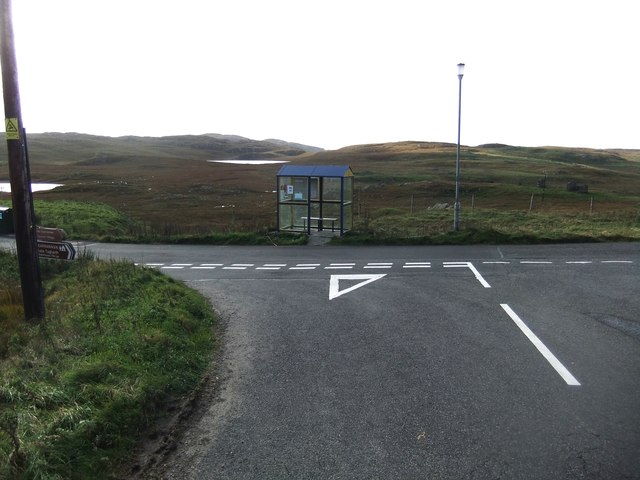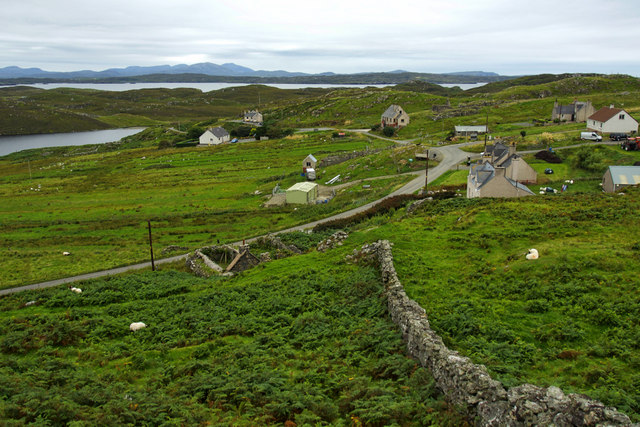Cnoc na Bà Clùasaich
Hill, Mountain in Ross-shire
Scotland
Cnoc na Bà Clùasaich
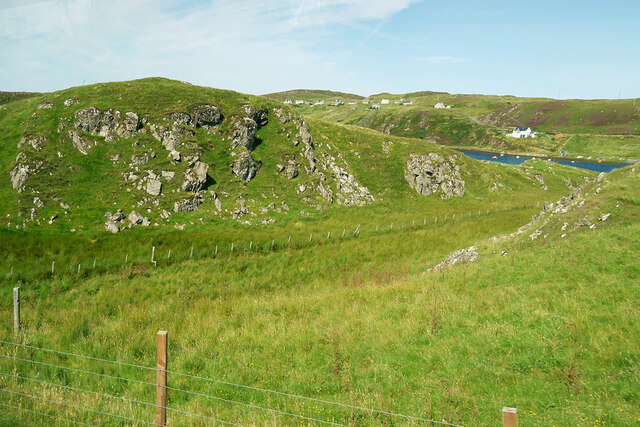
Cnoc na Bà Clùasaich is a prominent hill located in Ross-shire, Scotland. With an elevation of approximately 634 meters (2,080 feet), it is classified as a Corbett, a term used for Scottish hills between 2,500 and 3,000 feet in height.
Situated in the western part of Ross-shire, Cnoc na Bà Clùasaich offers stunning panoramic views of the surrounding area. Its strategic position allows for breathtaking vistas of the Torridon Mountains to the northwest and the Applecross Peninsula to the southwest. On a clear day, visitors can also spot the shimmering waters of Loch Kishorn and the Isle of Skye in the distance.
The hill itself is characterized by its rocky slopes and distinct peak. It is a popular destination for hikers and mountaineers, who are drawn to its challenging terrain and rewarding views. The ascent typically begins from the picturesque village of Kishorn, where a well-marked path leads up the hill.
Cnoc na Bà Clùasaich holds historical significance as well. Its name translates to "Hill of the Deaf Ear" in Scottish Gaelic, referring to a legend that a man who once lived on the hill became deaf due to the constant howling winds. This folklore adds an element of intrigue and mystique to the already captivating landscape.
Overall, Cnoc na Bà Clùasaich is a captivating hill in Ross-shire, offering outdoor enthusiasts a memorable experience with its stunning views, challenging climb, and intriguing history.
If you have any feedback on the listing, please let us know in the comments section below.
Cnoc na Bà Clùasaich Images
Images are sourced within 2km of 58.2764/-6.7756649 or Grid Reference NB2041. Thanks to Geograph Open Source API. All images are credited.
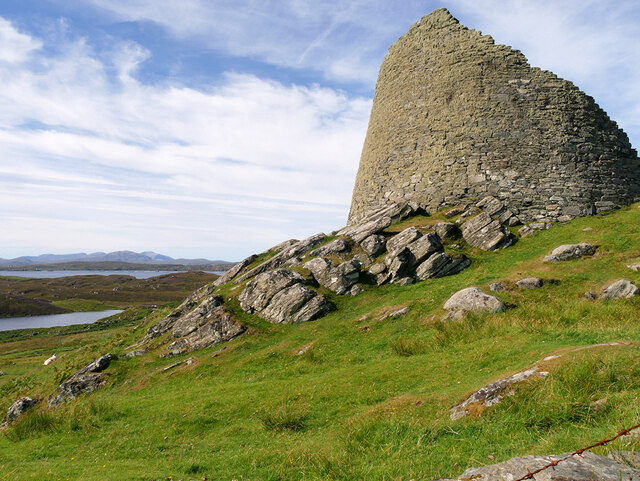
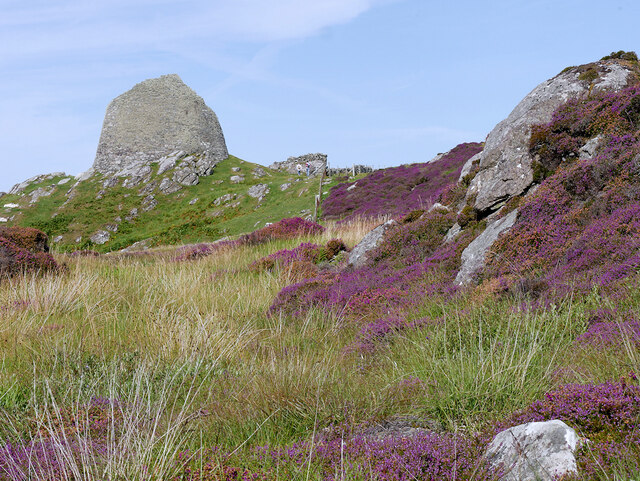
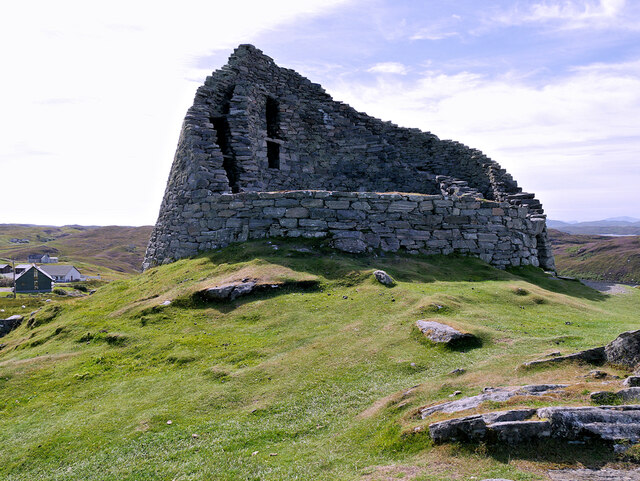
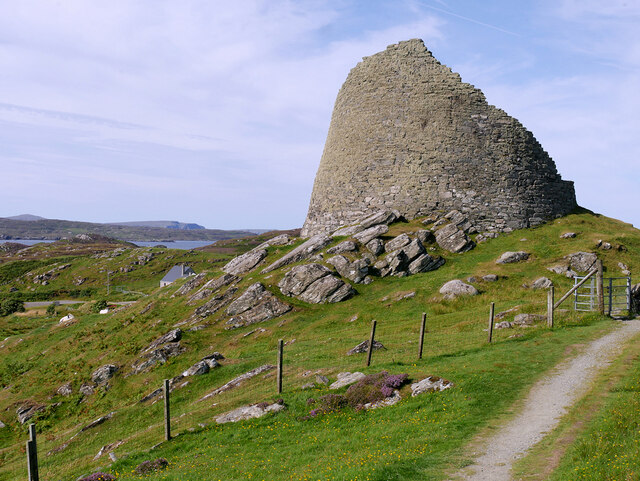
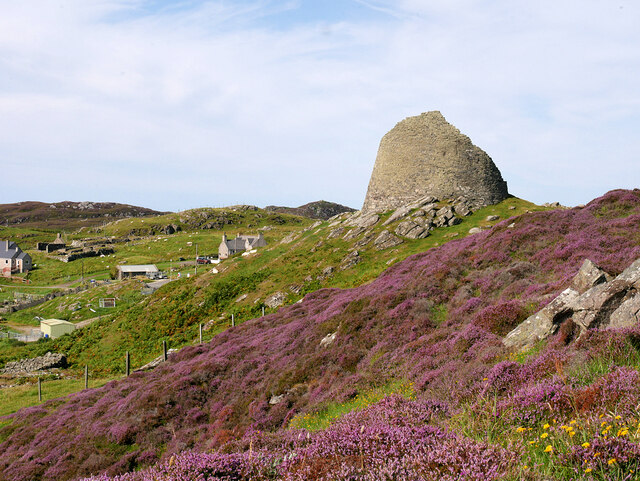
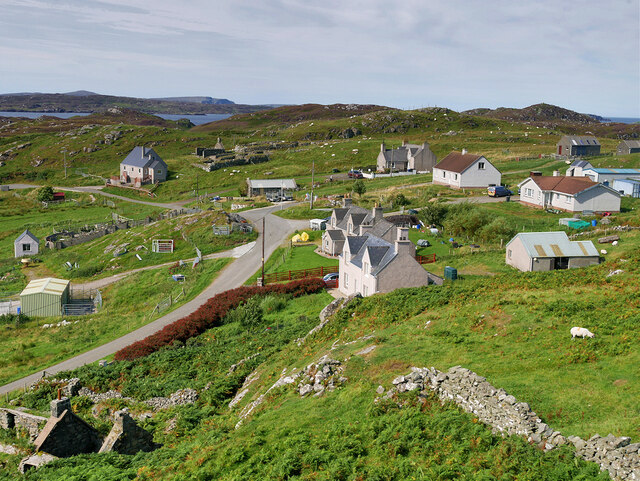
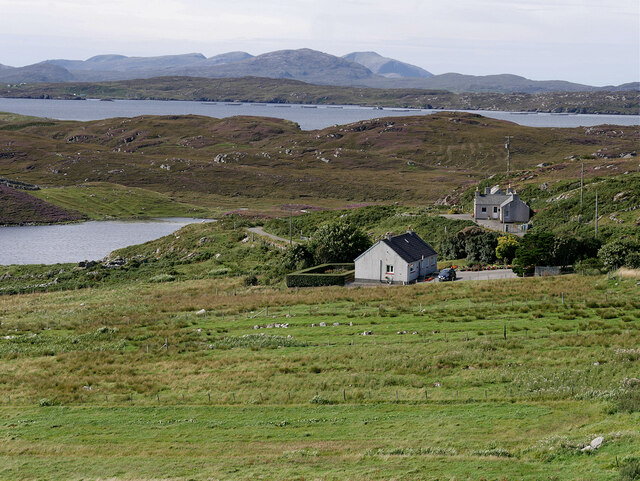
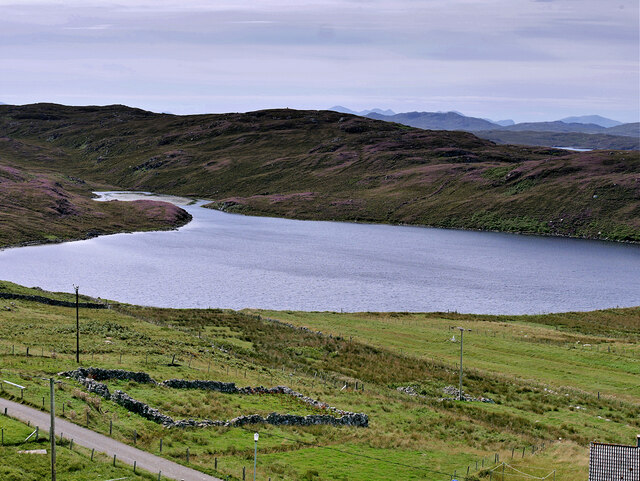
Cnoc na Bà Clùasaich is located at Grid Ref: NB2041 (Lat: 58.2764, Lng: -6.7756649)
Unitary Authority: Na h-Eileanan an Iar
Police Authority: Highlands and Islands
What 3 Words
///twig.freedom.clinic. Near Carloway, Na h-Eileanan Siar
Nearby Locations
Related Wikis
Carloway
Carloway (Scottish Gaelic: Càrlabhagh [ˈkʰaːɾɫ̪ə.ɤː]) is a crofting township and a district on the west coast of the Isle of Lewis, in the Outer Hebrides...
Borrowston, Lewis
Borrowston (Scottish Gaelic: Borghastan), with a population of about 50, is a crofting township situated on the Isle of Lewis, on the Outer Hebrides of...
Dun Carloway
Dun Carloway (Scottish Gaelic: Dùn Chàrlabhaigh) is a broch situated in the district of Carloway, on the west coast of the Isle of Lewis, Scotland (grid...
Garenin
Garenin (Scottish Gaelic: Na Gearrannan) is a crofting township on the west coast of the Isle of Lewis in the Outer Hebrides of Scotland. Garenin is in...
Nearby Amenities
Located within 500m of 58.2764,-6.7756649Have you been to Cnoc na Bà Clùasaich?
Leave your review of Cnoc na Bà Clùasaich below (or comments, questions and feedback).
